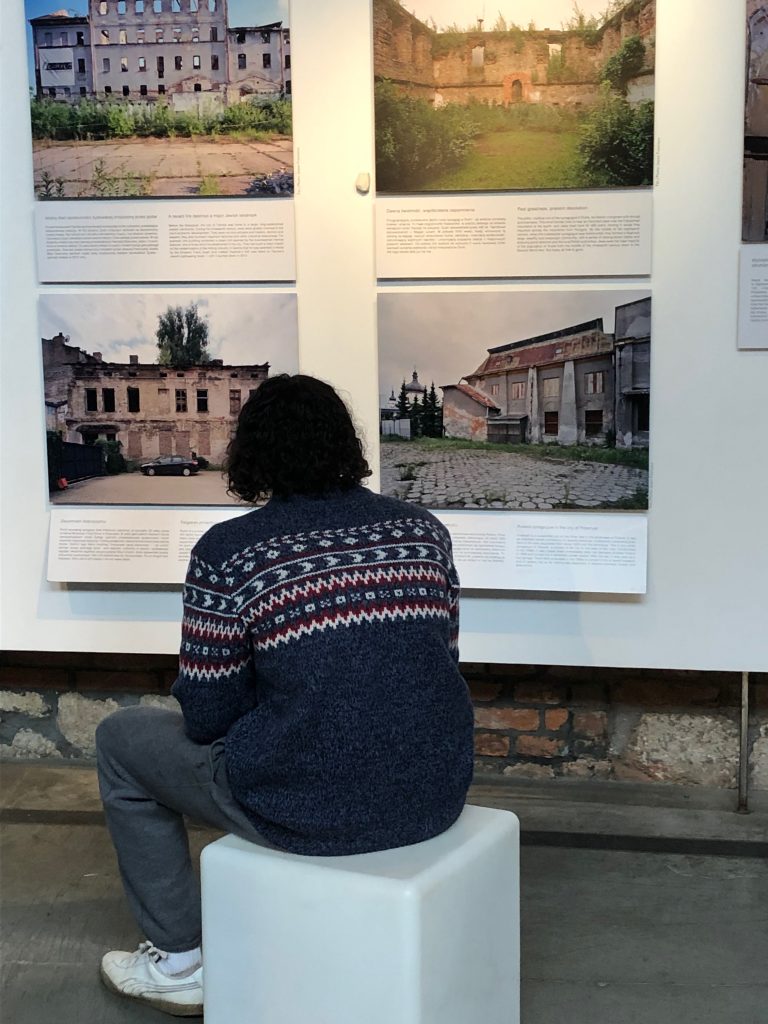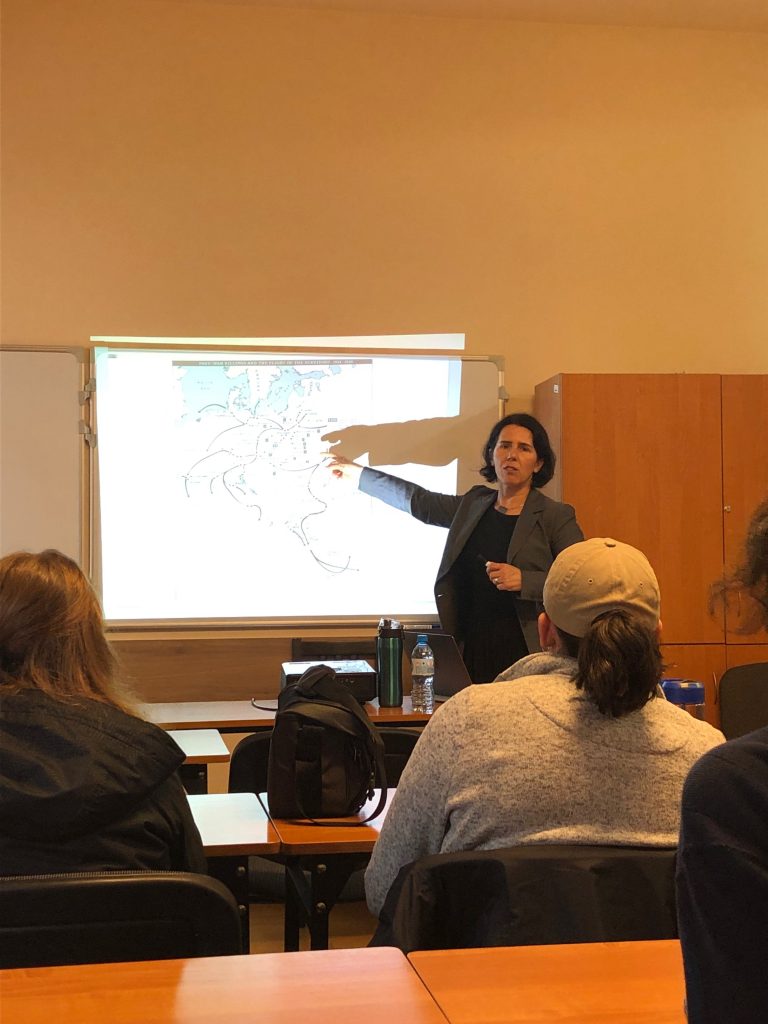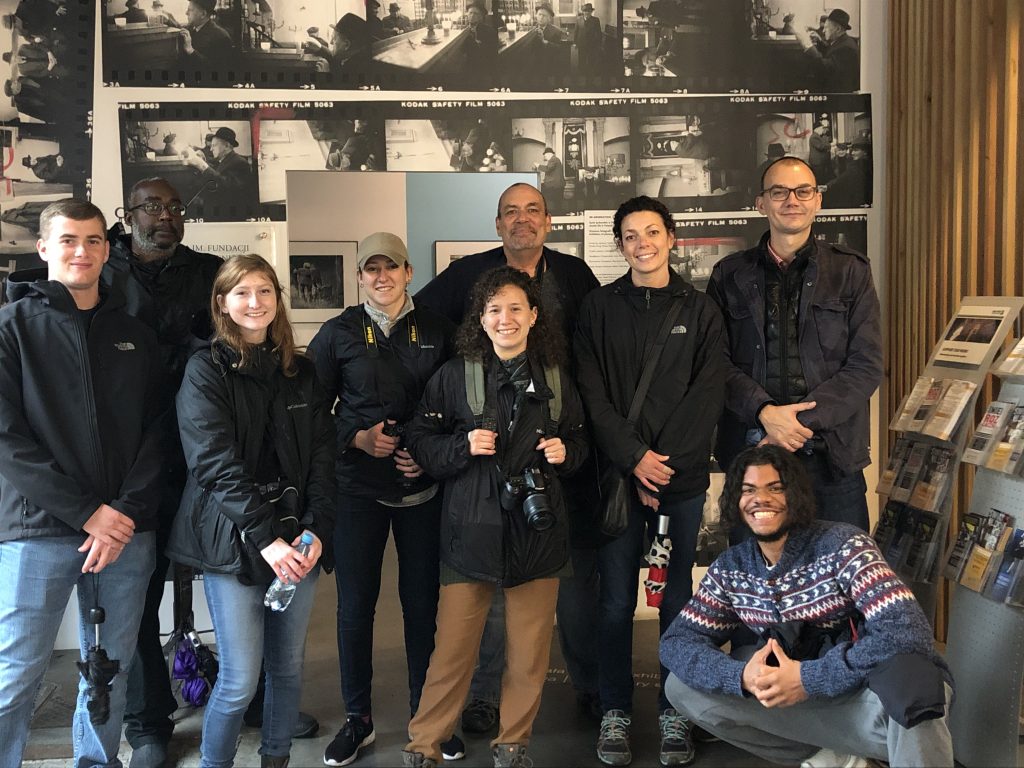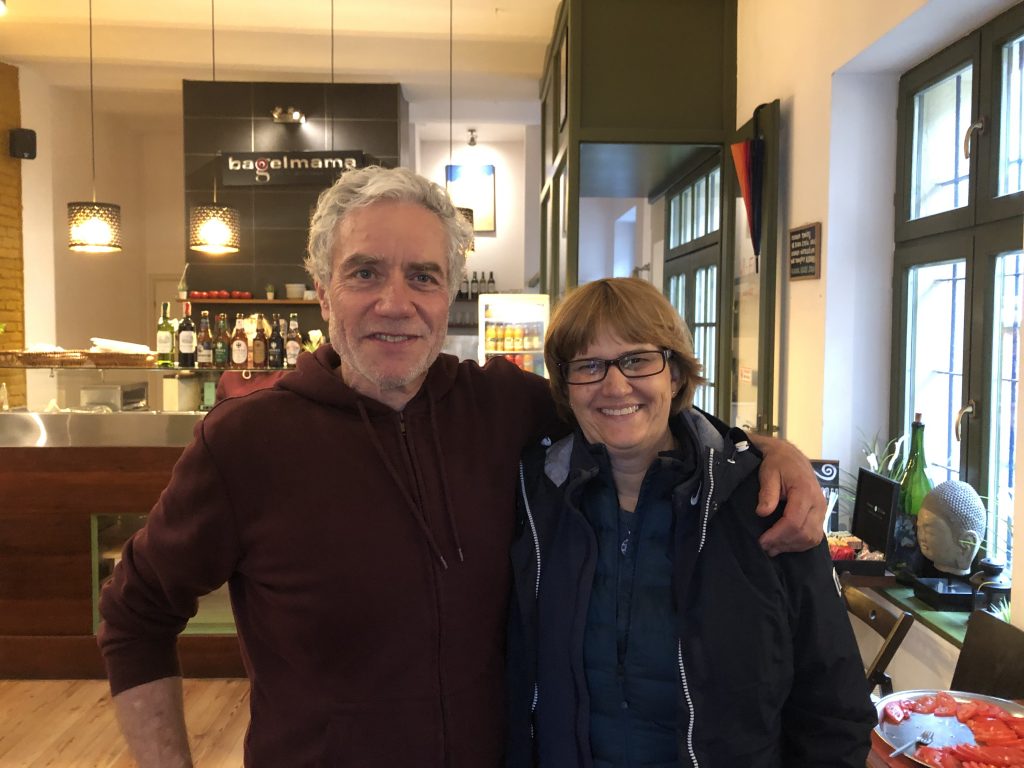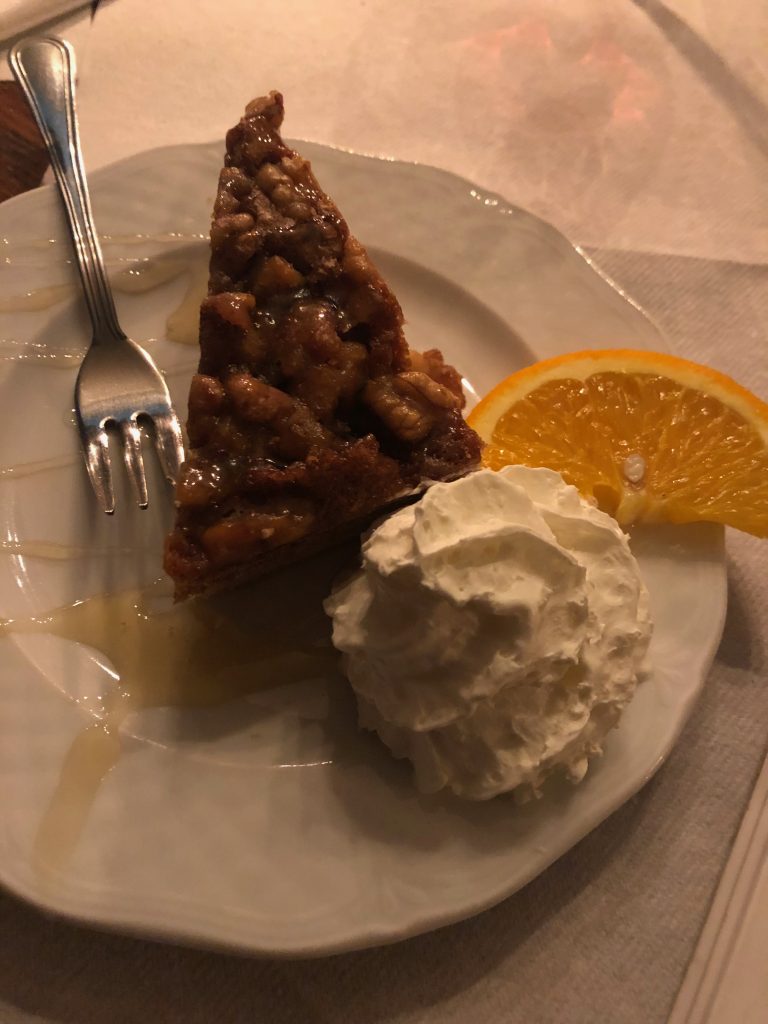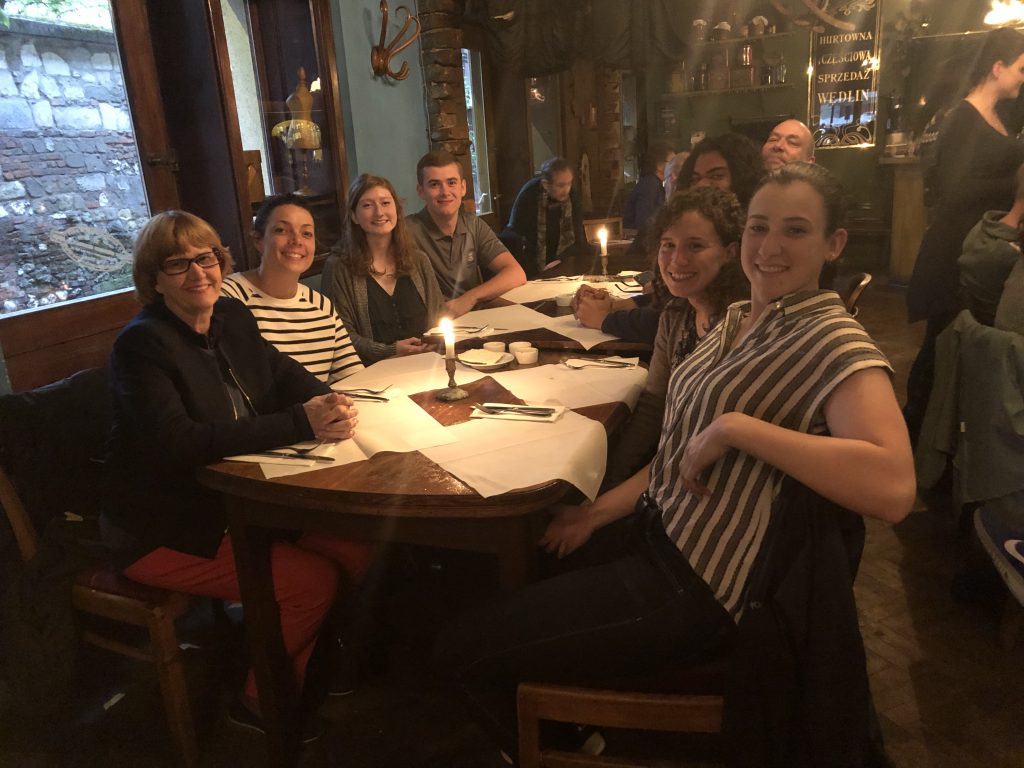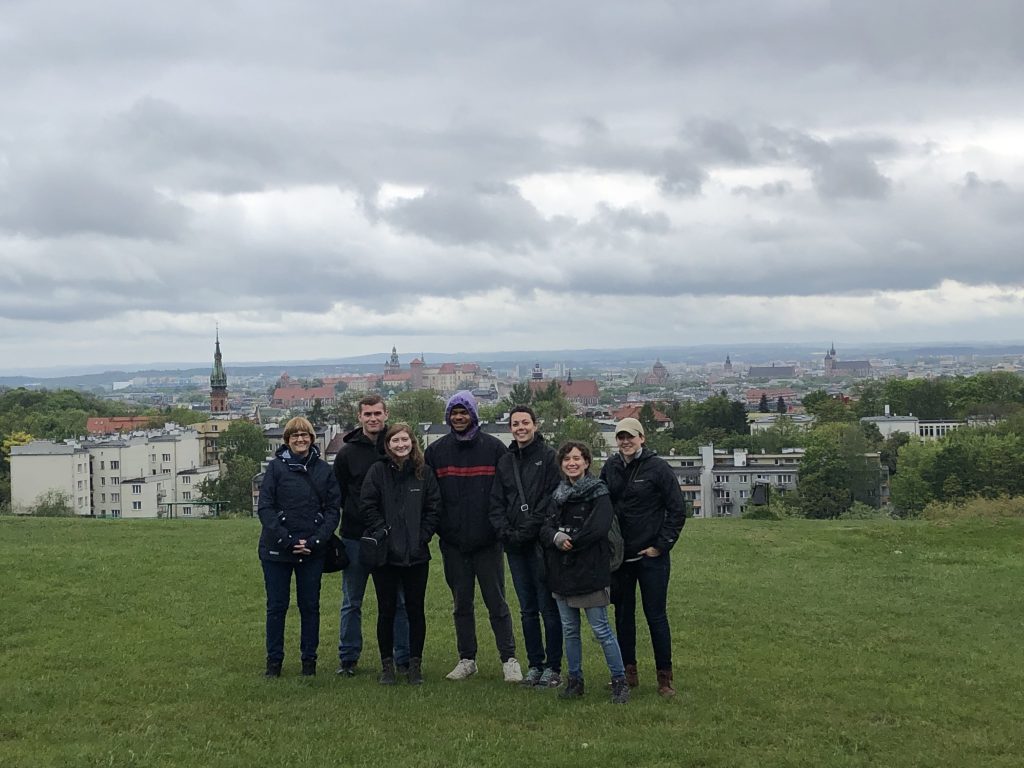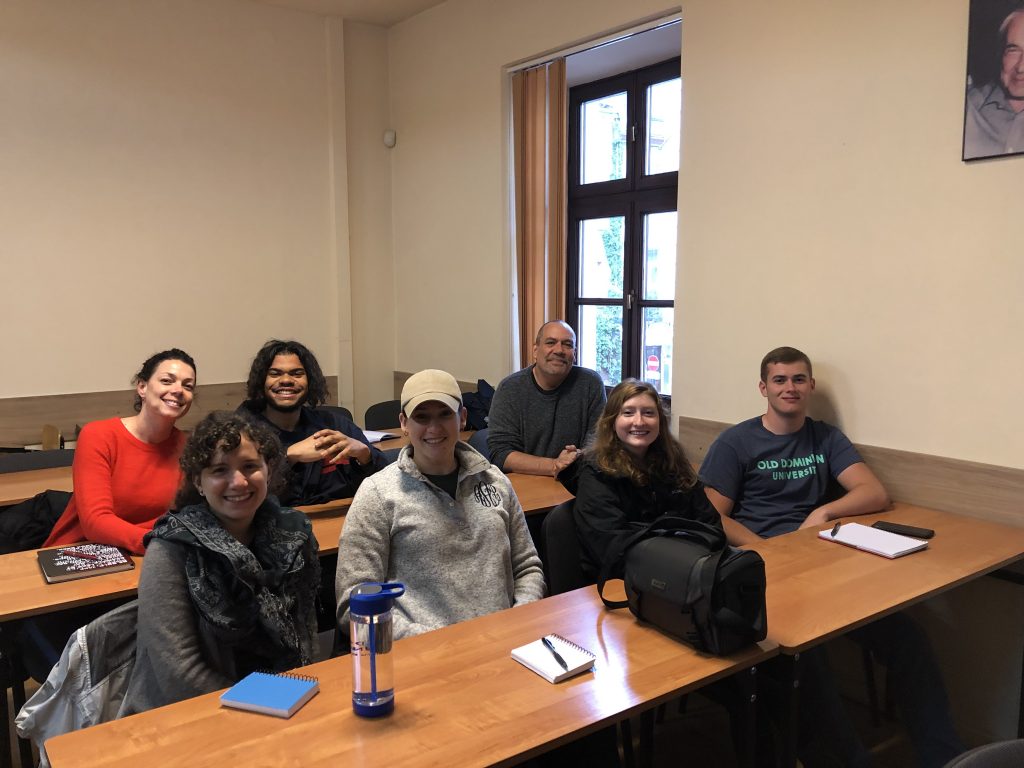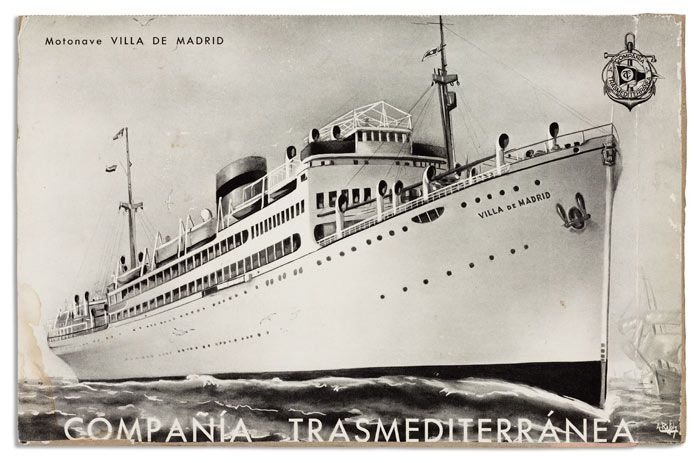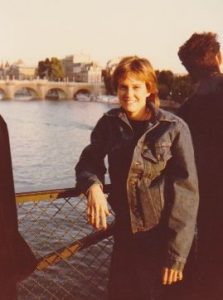Visiting the Galicia Museum in Krakow, one of the temporary exhibitions they had on display was a photo series by Chuck Fishman conducted in both 1975 and 2018 in Poland. In 1975 Fishman sought to capture the last of Poland’s Jewish population, whom were believed to be the last of their community. This is important because where Poland once had a thriving Jewish population of nearly 3 million, the population significantly diminished due to the Shoah and post-war emigration from the country.
One of the events captured by his photographs that spoke to me were the scenes of Passover, and specifically the photo seen below.

I thought it to be particularly poignant because of the role that children play during the Passover seder. The Haggadah tells of four children: the wise child, the wicked child, the simple child, and the child that does not know enough to ask. The role of the children in the seder is to encourage them to ask questions and develop empathy and recognition for the narratives of others, As this holiday is about remembering, transmitting memory from generation to generation, it makes a particularly strong point that Fishman would choose to photograph a seder with his own belief that he was seeing the last generation of Polish Jewry.
Passover itself remembers the exodus of the Jews from the land of Egypt, detailing a story of bondage and escape. It makes me wonder how the generation affected by the Shoah were able to separate the story of Passover from their own histories. It becomes obvious that events like those in the tale of Passover are far from being in the past, that they still can happen, and still do happen to marginalized groups all over the world to this day.

